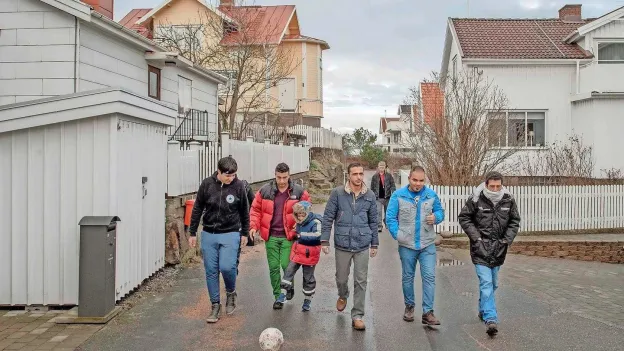Sweden Reconsiders Migration Policy, Cites Denmark as Example

6
World
November 3, 2024 12:00
sweden - Sweden is reevaluating its migration policy, looking to Denmark as a model for a stricter approach.
In 2015, cracks began to appear in Sweden's 'open-arms policy' following an asylum seeker crisis, with over 160,000 asylum seekers arriving in the country. Denmark, on the other hand, took in far fewer asylum seekers and directed most of them to Sweden. This shift led to a reevaluation of policies as migration became a visible and contentious issue across Sweden.
Seeing Denmark's perceived success with stricter laws and more police authority, Sweden is now considering a similar approach. The current right-wing minority government, with the support of the far-right Sweden Democrats, is swiftly implementing migration and crime measures inspired by Denmark. These measures include increased repatriation allowances, tighter asylum policies, higher prison sentences, and the establishment of security zones with extensive police patrolling.
While some view Denmark's approach as effective, others argue that a broader societal perspective is needed to address underlying issues. Danish criminologist David Sausdal highlights the importance of social work and crime prevention infrastructure in tackling crime, emphasizing that Denmark's success lies in its comprehensive approach to community issues.
However, simply replicating Denmark's stringent migration and crime policies may not fully address Sweden's challenges. Sausdal points to systemic failures in education, social services, and housing as contributing factors to Sweden's current social issues. He stresses the need for a more holistic and nuanced solution to address the root causes of problems.
Swedish politicians are beginning to recognize the need for a broader approach, with the country looking to Denmark for innovative solutions. Prime Minister Ulf Kristersson recently expressed interest in implementing mandatory language preschools, following Denmark's lead in addressing language barriers among young children in vulnerable areas.